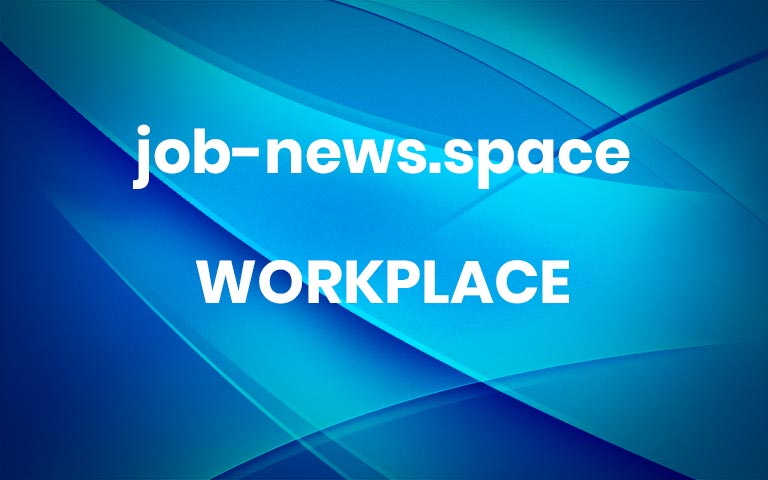6 Workplace Wellbeing Trends that Will Continue to Rise in 2024
According to our 2023 Healthier Nation Index, 44 percent of us said our jobs had negatively impacted our mental health at some point this year.
Employers have a responsibility to help individuals manage both their physical and mental wellbeing. But it’s clear businesses still need to work harder to provide targeted support to their employees.
But the good news is that changes in the corporate world are trying to make this possible. Previous Nuffield Health research showed that 2 in 3 businesses offer physical and mental wellbeing to their workplaces.
With this in mind, I suggest six workplace wellbeing trends we can expect to see grow in prominence in 2024.
#1 Workplace ergonomics
Our 2023 Healthier Nation Index showed that 36 percent have taken time off work due to musculoskeletal issues, which shows there’s a significant need for physical wellbeing support in the workplace.
As we move into a more permanent hybrid work set-up in 2024, we’ll see the development of specialist programs and more technological innovations as potential solutions to improve workplace efficiency and prevent MSDs.
For example, wearable technologies like exoskeletons are revolutionary mechanical frames that a worker can wear to support and protect the body from the strain of arduous work. Research shows they can offload up to 40 percent of a load, and reduce the labor required by muscles.
Virtual reality is also on the rise, as it can assist in employee training by simulating work environments and helping employees identify workplace hazards.
Away from tech and innovations, it’s vital for employees and employers to note their legal requirements to provide a provision at work and at home including desk and DSE assessments.
#2 Shifting organizational values.
Research shows the hybrid work model has been forecasted to rise to 81 percent adoption, with Gen Z amongst its most enthusiastic supporters.
In the past, we may have seen resistance to such demands from businesses, but now, more than ever, employers are working on ways to stay open to employee suggestions and adapt work models accordingly.
We’ll see more of this in 2024, which highlights that workplaces are beginning to understand the importance of ensuring workers are satisfied across the board rather than just adequately remunerated.
Companies will continue to focus on how to improve work/life balance, wellness, intellectual challenge, and personal growth and development.
#3 Non-negotiable self-care
According to our research, only 15 percent of us take more time to focus on self-care, when trying to support our mental health. Self-care time has traditionally been reserved for outside work hours, like a morning walk or a hot bath at night.
However, work is invariably intertwined with our life routines, and it’s becoming clear to businesses that weaving moments of self-care throughout the day will be more beneficial to employees than grinding through a hard day and leaving their “me” time for later.
In 2024, we’ll see more businesses encouraging their employees to educate themselves on their self-care needs. More will provide employees with helpful tools or sessions that encourage them to slow down and breathe.
Whether it’s introducing company mindfulness sessions, inviting in experts to teach individuals about different self-care practices or researching new ideas that could potentially benefit the whole team, building awareness will be key to many businesses next year.
#4. Inclusive wellness initiatives
Workplace wellness is for everyone, and in 2024, diversity and inclusion efforts will continue to extend to wellness programs.
Many businesses are starting to rethink their benefits offerings to promote fairness, equal opportunity and prevent burnout. For example, is offering a subsidized gym membership a benefit if employees are not located near a gym or able to afford the reduced membership?
To address such disparities, gathering feedback from employees is essential. Understanding their unique needs and challenges allows tailoring benefits to address immediate concerns.
In 2024, there’ll be a heightened focus on ensuring that every employee, regardless of background or abilities, has access to the support and resources they need to thrive.
#5 Reducing financial stress.
Our 2023 Healthier Nation Index revealed 59 percent of individuals believed the cost of living or a change in personal finances had negatively impacted their mental health over the past year.
Financial worries can significantly impact mental health, and without effective support, mental health conditions can affect a person’s confidence and identity at work.
More businesses will adapt their wellness offerings to enable employees to cut costs where they can. For example, offering flexible work options, like remote work, flexible hours, or compressed workweeks, can help employees better manage their schedules and save on commuting costs.
There’ll also be a greater focus on offering childcare benefits or access to discounted childcare services, which will also support employees in managing the high costs associated with childcare.
#6 NOT sleeping on the job.
Our Healthier Nation Index highlighted that poor sleep is still a huge issue across the nation. On average, Brits are only getting 5.91 hours of sleep a night, this is down from 6.11 in 2022 and 6.19 in 2021.
There still exists a vital need for employers to be more attuned to the sleep needs of their staff and the potential role it has in improving employees’ physical and emotional wellbeing if businesses prioritize its importance.
In 2024, more companies will collaboratively engage with their healthcare partners to bolster sleep education and the relevant employee benefits needed to support those struggling.
We believe more businesses will provide wellbeing support through external services like cognitive behavioral therapy, an effective therapeutic therapy for insomnia. CBT-I considers how your thoughts and beliefs about sleep may influence your sleep behaviors, examines behaviors and habits around sleep, and introduces techniques like relaxation and sleep restriction.
By Marc Holl, Head of Primary Care at Nuffield Health.
Share this post: More


